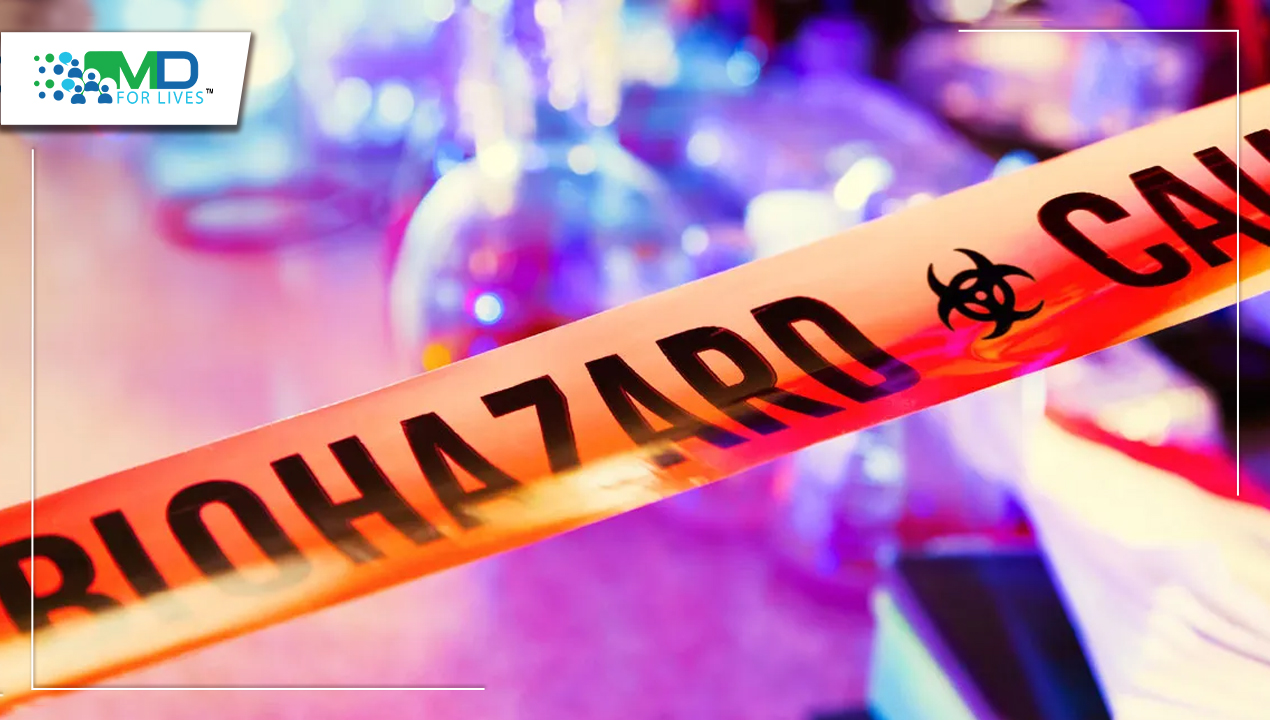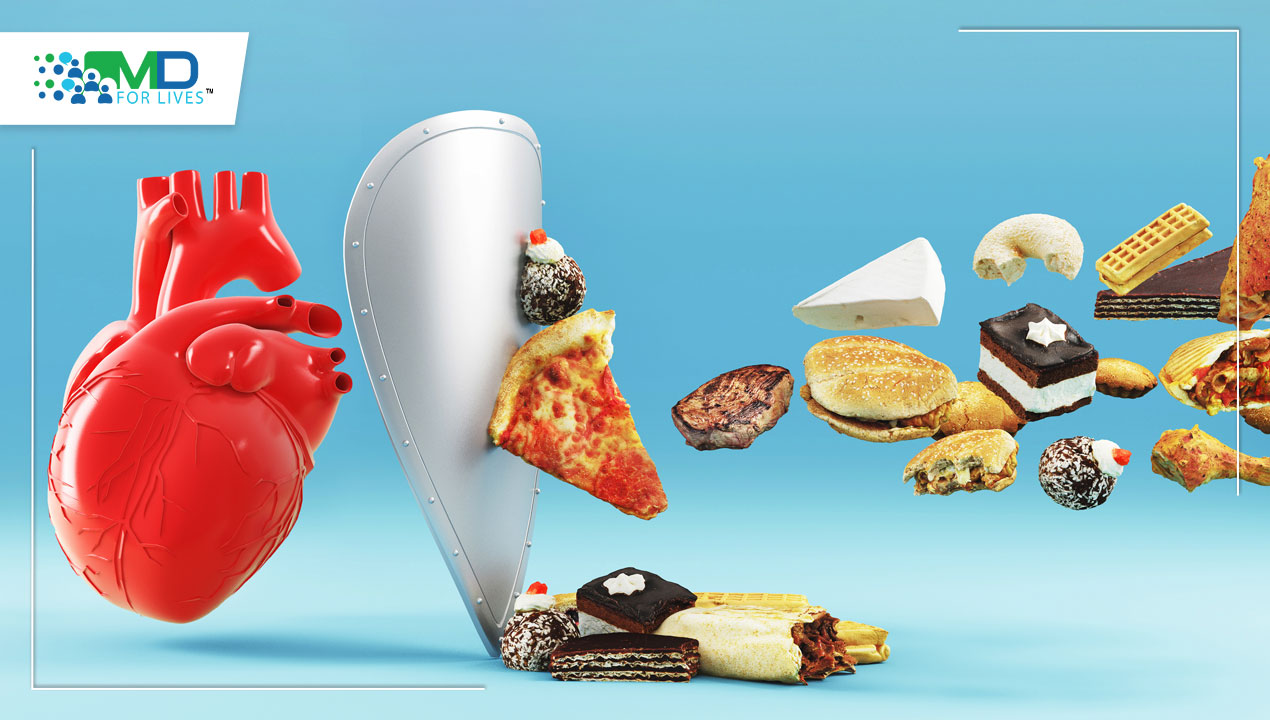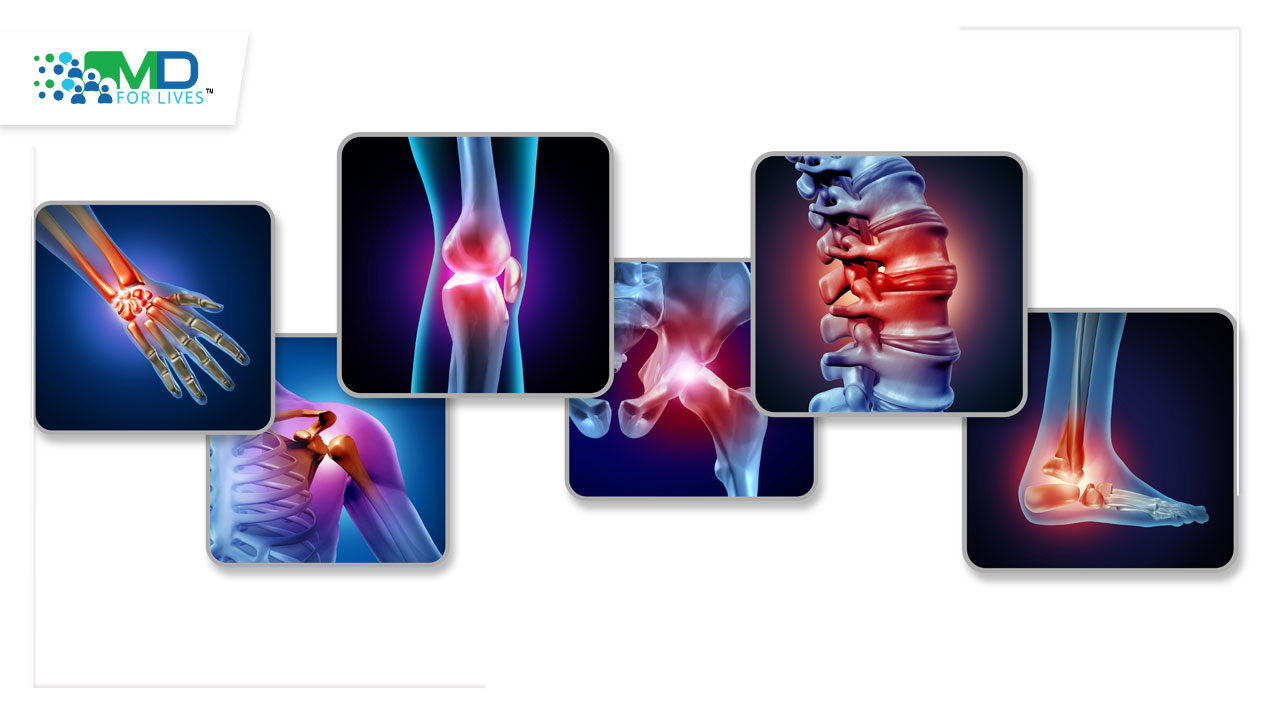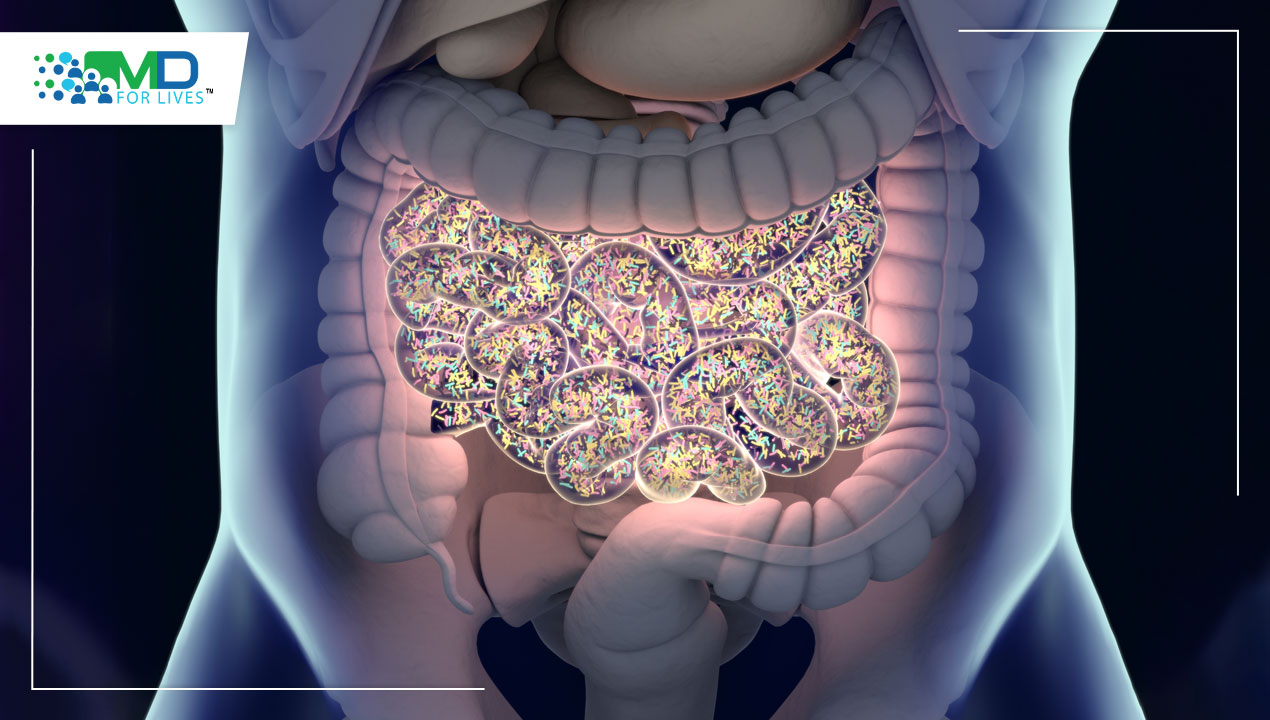Introduction
Medical waste is defined as any waste containing infectious material. Wastes are generally released from physician’s offices, hospitals, dental practices, laboratories, medical research facilities, and veterinary clinics.1
Human and animal bio-products can both produce medical waste. Such waste must be disposed of properly because it is usually hazardous to humans.2
Poor waste management can endanger caregivers, employees who handle medical waste, patients and their families, and the surrounding community. Furthermore, improper waste treatment or disposal can result in environmental contamination or pollution. The amount of waste produced in a hospital is determined by the country’s GDP and the type of facility.3
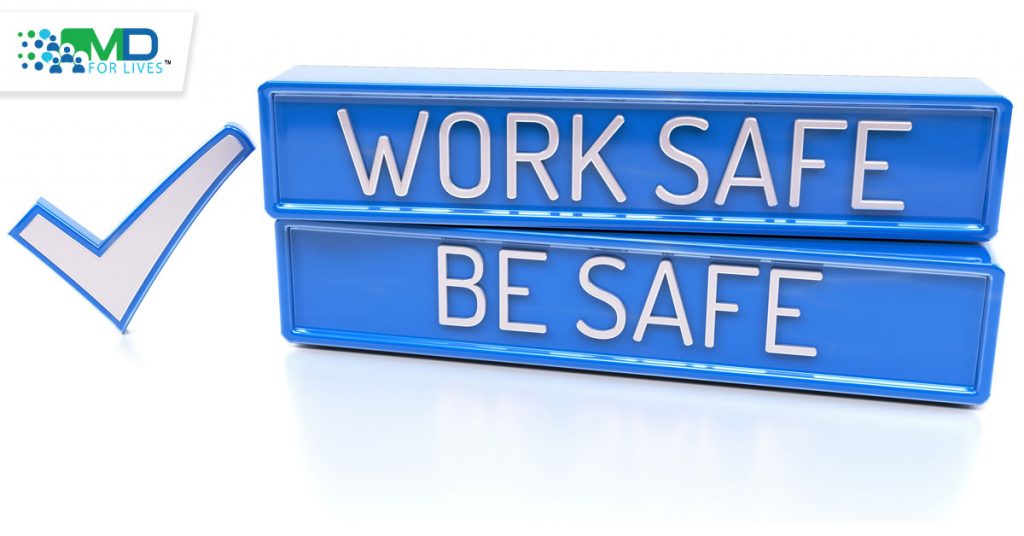
Hazardous medical waste classification
- Hazardous waste with the potential for injury.
- Blood, fluids, or excreta-containing waste pose a danger of contamination.
- Contaminated body parts and tissues
- Waste containing huge volumes of materials, chemicals, or cultures with the potential to propagate infectious pathogens
- Expired or leftover cytotoxic pharmaceuticals
- Equipment contaminated with cytotoxic compounds
- Spilled/unused medicines, expired drugs, and used medication receptacles
- Mercury waste, batteries
- Chemical waste, such as leftover laboratory solvents, disinfectants, and other chemicals
- Gas cylinders
- Radioactive waste3
Categories of health hazards connected with hazardous medical waste
- Trauma risk and infection risk: Medical wastes contain potentially harmful microorganisms that might infect hospital patients, staff, and the general public.
- Chemical danger: In healthcare institutions, several chemical and medicinal items are used. Because of their qualities (toxic, carcinogenic, mutagenic, reprotoxic, irritating, corrosive, sensitizing, explosive, combustible, and so on), the majority of them pose a health concern.3
- Fire or explosion risk: Fire, fast decompression/explosion, toxicity to workers and others in the facility, reactivity, and threats to the environment in the event of a release are the most prevalent hazards while storing hazardous waste.4
- Radioactivity risk: Radioactive materials, like infectious waste, pose a greater risk to human health if they enter the body. Alpha radiation cannot pass through solid objects and only travels a few feet through air. A person has no need to be concerned if an alpha source is present on the table. However, if the alpha source becomes aerosolized and the person breathes it in, cancer and other problems can occur. Ingestion is another method of getting into the body. Beta radiation travels further than alpha and is relatively straightforward to shield if the substance does not enter the body. Gamma radiation is the most dangerous since it can pass through walls.4
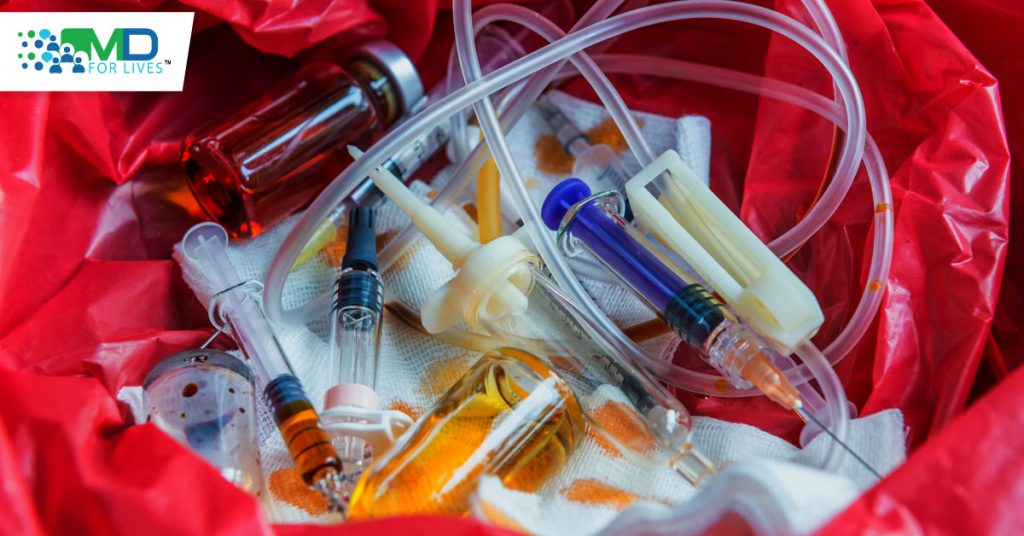
Awareness and practice of medical waste management among healthcare professionals: An observational cross-sectional study
The study conducted by Letho et al., published in PLOS One journal on 6th January, 2021, aimed to determine if health care clinicians and support staff at the National Referral Hospital were aware of and practiced medical waste management, as well as whether they followed current national norms and procedures. Medical waste (MW) management and treatment are of major concern because of the potential danger it poses to human health and the environment, particularly in developing nations. Although rules on trash reduction and management exist in Bhutan, their implementation is limited by technological, economic, and societal challenges, as well as insufficient training for those responsible for dealing the garbage.
The researchers conducted an observational cross-sectional study by constructing the demographic questionnaire, awareness questions, and observational checklist as research instruments.
The findings of the study are as follows:
- The majority of the respondents (54.1%) were female, with an average age of 32.2 (7.67) years with the majority of them have never obtained any waste management training or education (56.8% ).
- About 74.4% are aware of the need of utilizing suitable personal protective equipment and 98.2% are aware of medical waste management.
- Only 37.6% were aware that the maximum time restriction for keeping medical waste on hospital grounds is 48 hours.
- Approximately 61.3% of the units/wards/departments observed correctly separated garbage according to national criteria.
- Half of the hospital wastes are not properly transported due to improper segregation, with 58% of trash not being separated into infected and non-infectious wastes.
The researchers concluded that medical waste management understanding and practice among healthcare personnel is frequently limited due to insufficient sensitization and improper implementation of current national guidelines at the research site. As a result, ongoing training for healthcare workers and support employees is necessary, as is prompt and effective monitoring. Furthermore, improving the waste management system at the National Referral Hospital would benefit patient safety.5
Medical Waste Management
Medical waste management requires good organization, adequate funding, and the active participation of informed and trained personnel.
The following steps are involved in putting the waste management plan into action:
- approval and signing of the waste management plan;
- resource allocation;
- task assignment;
- training organization;
- frequent audits and monitoring;
- continuous improvement of the waste management plan
Measures for waste minimization
Choosing products that produce less waste, such as less wrapping material, selecting suppliers who accept empty containers for refilling, returning gas cylinders to the supplier for refilling, preventing waste during care or cleaning activities, and using reusable equipment, such as washable tableware, rather than disposable tableware, can reduce waste generation. In addition, batteries, paper, glass, metals, and plastic can all be recycled to minimize waste generation. Plant waste composting (kitchen and garden waste), reusing silver in photographic processing, recovering energy for water heating, etc. can also reduce the generation of waste.
Waste sorting is an important part of medical waste management. Sorting entails recognizing the different sorts of waste and determining how they might be collected individually. Sorting waste should always be the duty of the entity that generates it. It must be carried out as close to the source of the trash as possible. Nursing workers, for example, must dispose of sharps in needle containers situated as close as feasible to the area where the needles are used to avoid any needle manipulation.
Biomedical trash is collected using various types of containers from diverse sources of biomedical waste, such as the operating room, laboratory, wards, kitchen, and corridor. The containers/bins should be situated in such a way that they capture 100% of the trash. Sharps must always be housed in puncture-proof containers to protect personnel from accidents and illness. The needle container should ideally be brought to the patient’s bedside by the nursing staff. For cultural or religious reasons, anatomical waste cannot usually be collected in yellow plastic bags. Separate treatment and sorting are required for chemical and pharmaceutical wastes. Storage should be limited to 8-10 hours in large hospitals (over 250 beds) and 24 hours in nursing homes. Each container should be clearly labeled to indicate whose ward or room it belongs to. Personnel safety devices such as masks, gloves, boots, etc. should be worn by all the personnel handling waste.3
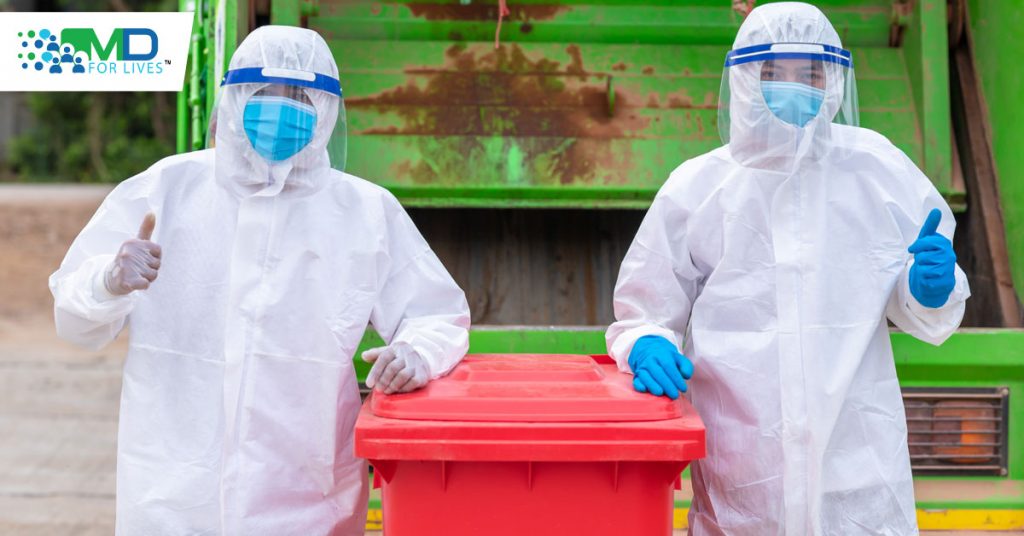

MDForLives is a vibrant community of healthcare professionals and patients dedicated to shaping the future of healthcare. We provide valuable global insights to healthcare companies through online surveys, interviews, and discussion forums.

